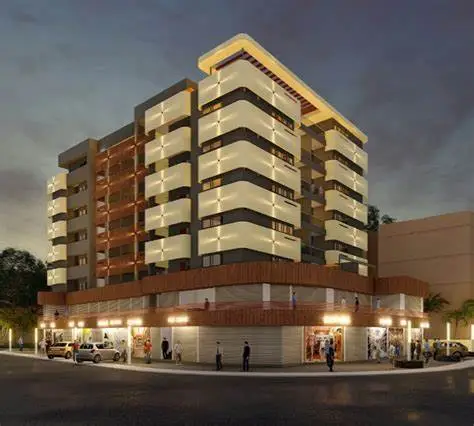Self-redevelopment is an emerging trend where the residents of a building, typically a cooperative housing society, take on the responsibility of redeveloping their property without involving an external developer. This approach offers several benefits, including greater control over the project, higher returns on investment, and the ability to tailor the redevelopment to the specific needs of the residents. However, for a successful self-redevelopment, it is crucial to understand the role of a structural audit and other key aspects of the process
The Role of a Structural Audit in Redevelopment

A structural audit of a building is a comprehensive evaluation of the building’s current condition, conducted by a qualified structural engineer. This audit is essential before embarking on a self-redevelopment project, as it identifies any structural deficiencies, weaknesses, or potential risks. The findings of this audit are compiled into a structural audit report, which serves as a critical document for planning the redevelopment. The structural safety audit ensures that the building is safe for occupancy and identifies areas that require repair or strengthening. By addressing these issues in the redevelopment plan, residents can ensure the longevity and safety of their building
Steps in the Self-Redevelopment Process
- Conducting a Structural Audit: The first step in the self-redevelopment process is to commission a structural audit of the building. This audit will help residents understand the current state of the building and what needs to be done to improve its structural integrity.
- Engaging a Building PMC: A Project Management Consultant (PMC) plays a crucial role in self-redevelopment. The building PMC oversees the entire project, from planning and design to execution and completion. They ensure that the redevelopment adheres to all legal and technical requirements, and they manage the day-to-day operations of the project.
- Preparing the Structural Audit Report: The findings from the structural audit are documented in a structural audit report. This report provides a detailed analysis of the building’s condition and outlines the necessary repairs and upgrades needed during the redevelopment process.
- Planning the Redevelopment: Based on the structural audit report, the PMC will help residents plan the redevelopment. This includes designing the new structure, obtaining necessary approvals, and creating a detailed project timeline.
- Execution of the Redevelopment: Once the planning is complete, the actual redevelopment work begins. The PMC will supervise the construction work, ensuring that all aspects of the project are executed according to the plan.
Benefits of Self-Redevelopment
Self-redevelopment offers several advantages, including:
- Cost Efficiency: By eliminating the middleman (the developer), residents can significantly reduce the cost of the project, leading to higher returns.
- Customization: Residents have complete control over the design and features of the new building, allowing them to customize it to their preferences.
- Transparency: The self-redevelopment process is transparent, with all decisions made by the residents collectively, ensuring that everyone’s interests are represented.
Conclusion
Self-redevelopment is a viable option for many housing societies looking to revitalize their buildings. However, it requires careful planning and a thorough understanding of the building’s structural condition. A structural audit is a crucial first step in this process, providing the necessary insights to ensure that the redevelopment is successful and safe for future generations. By engaging a qualified building PMC and following a structured approach, residents can navigate the complexities of self-redevelopment and achieve a rewarding outcome.


Pingback: Collective Responsibility in Building Redevelopment - Blog